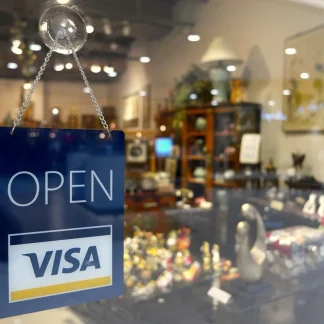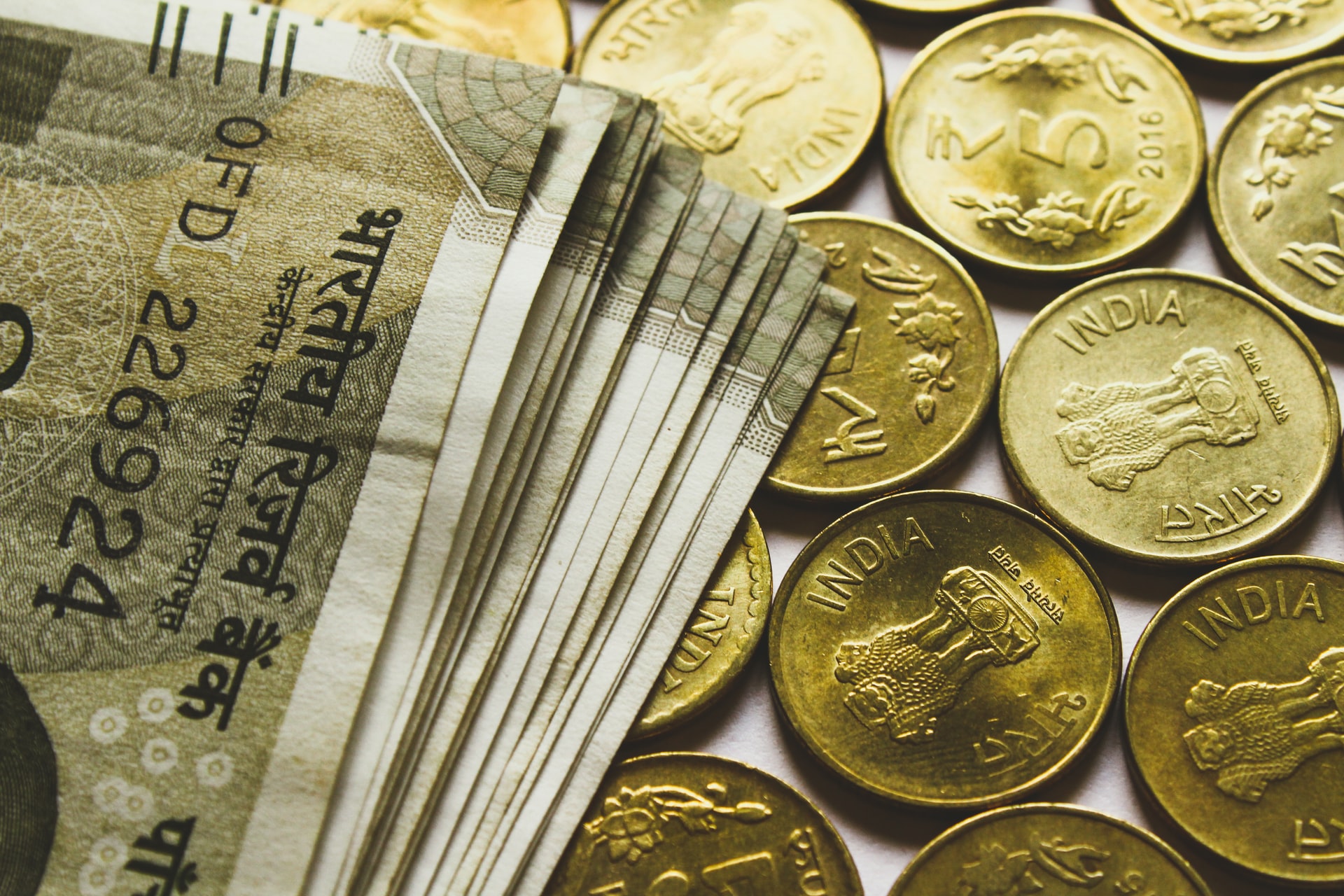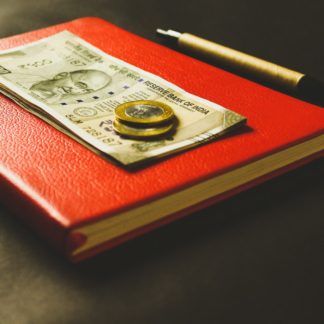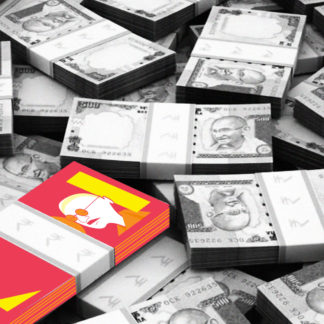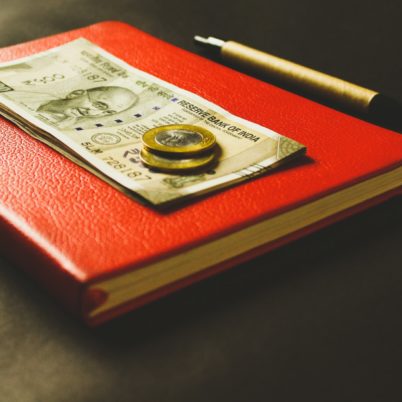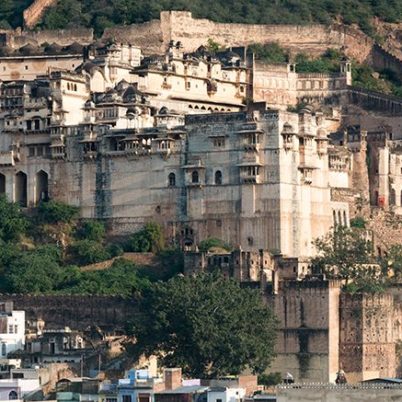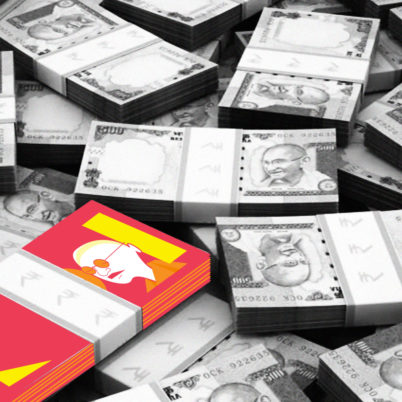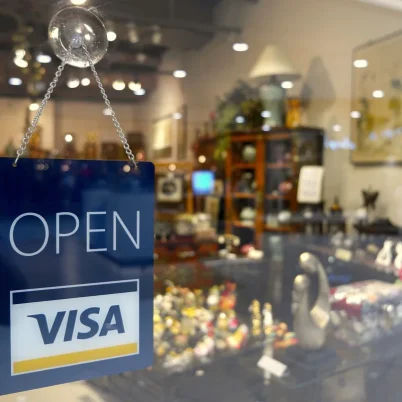If India is on your bucket list, our article with tips on travelling to India is a must-read. Having planned over 3000 trips for our clients, we (India Someday) are your best bet to navigating this country. Alongside answering some of our FAQs, we also give you the insider’s guide to India.
From money exchange to getting a sim card, and what to pack to dressing appropriately, we’ve tried being as comprehensive as possible. Read through our tips on travelling to India, and if we miss out on anything that you would like to know, feel free to get in touch with us.
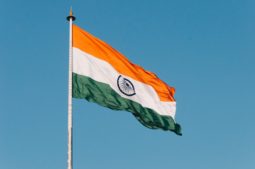
tips on travelling to india – Money in india
Wondering how much money to carry to India, or how to exchange currency in India? Read on to get the answers to all your questions.
Currency in India
The currency in India is the Indian Rupee, denoted with the ₹ symbol. It has both, coins and notes. Coins are used for smaller amounts like 1, 2, 5 and 10, and notes come in denominations of 10, 20, 50, 100, 500 & 2,000. We recommend carrying some hard currency (USD/EUR 200-500) to India, but avoid carrying large amounts of cash.
Currency is generally easily exchangeable, especially more common ones like the USD, CAD, GBP, EUR, AUD and SGD. Banks, travel agencies, and your hotel are the best places to exchange money.
If your hotel cannot exchange cash directly they will guide on the same. You will need your passport when getting it exchanged at official places. Usually, you will get a good deal on changing foreign currency to Indian currency but a bad deal the other way around.
Only exchange a minimal amount at the airport, as the rates are always very poor. You’re not allowed to either enter or exit the country with Indian currency. If the amount of foreign currency you bring with you exceeds USD 5,000 in notes and coins, or USD 10,000 in notes, coins and traveller’s cheques, you will have to declare it.
You can change any leftover rupees back into foreign currency most easily at the airport, but have to present credit-card/ATM receipts. Read this blog to know more about exchanging money in India.
ATMS in India
ATMs are extremely common, even in the smaller towns. If this is your first time travelling to India, this is certainly a safer option, and most used by travellers.
Indian ATMs charge a nominal fee, generally INR 50-300 (USD 0.67- 4.05) per transaction. In addition, your home bank could charge you a fee as well. Many credit cards will charge a foreign transaction fee between 3% and 5% on all transactions in India.
The daily withdrawal limit per day from an Indian ATM varies with the bank – some have a maximum of ₹10,000 while some have ₹25,000. (USD 135-337). If possible, always carry a back-up card – our guests have sometimes been in a situation where one card would not work at the ATM.
Visa, MasterCard, Cirrus and Maestro are the most commonly accepted cards. Axis Bank, CitiBank, HDFC Bank, HSBC, ICICI Bank, Axis Bank, IndusInd Bank, Kotak, Yes Bank and State Bank of India ATMs recognise foreign cards.
Credit cards, once out of big cities, find very limited acceptance. Upper-end hotels and restaurants will mostly accept credit cards. Sometimes (often in Kerala) shops will allow you swipe your credit card, as if you are making a purchase, and they will give you cash in return.
They may charge you a small fee for this. Carry your credit cards as they can definitely come in handy when travelling in India, but be prepared that you may not be able to use them everywhere.
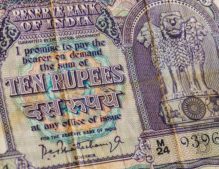
INTERNET IN INDIA
This is a commonly asked question and one of the biggest tips when travelling to India. Internet connectivity when travelling in India is fairly easy to find, but don’t expect it everywhere you go.
While several cafes and hotels will have WiFi, most smaller hotels and hostels may not. In general, you will not be too far away from the internet. We suggest getting an Indian SIM card with data volume if you think you will need to be connected at all times.
Purchasing a SIM card in India
Purchasing a SIM card in India is inexpensive, and call and data rates are amongst the cheapest anywhere in the world. However, buying one and getting it activated takes a little bit of patience.
Please carry the below documents as you need to submit them to get a SIM card.
- A passport-sized photograph (just as backup)
- Original and copy of your passport
- Original and copy of your visa
We recommend buying a card from the kiosk at the airport. There’ll be a form to be filled, and they will also take a head + shoulder photo of you. You will be required to provide a local number and address, for which you can give the details of the hotel/homestay you’re staying in.
You can also buy a SIM card easily outside the airport; pre-paid (pay as you go) SIM cards are available everywhere. Typically, each street will have a store that sells them. We recommend asking your hotel/homestay or our driver to point out the nearest store.
A SIM usually costs under INR 100. Adding credit of around INR 500 is likely to be sufficient. Otherwise, basic phones can be purchased for around INR 2,000 (USD 28). It can sometimes take a while for the SIM to become activated.

what to pack when travelling to india
Whilst this is not a comprehensive checklist, it contains some useful tips on what to pack while travelling to India which may come in handy while you pack. If you are travelling all around, we suggest a backpack, but a suitcase will not be a problem either.
- Sun-cream/sunblock is important, as India is a tropical destination with bright sunshine nine out of twelve months of the year. Also, carry sunglasses, hats, comfortable cotton clothing and a light cotton scarf for the summer.
- For a two-week trip, you would want to carry 7-8 pairs of t-shirts, more so if you are going to visit Mumbai, Goa or Kerala. It can be humid, so it is normal to sweat quite a lot.
- Laundry is very easy and can be done through all hotels, so you won’t need to bring your own detergent. You can always buy cheap clothes out here also.
- Electronics, Ipods, Ipads can be useful; WiFi connection is fairly easy to find. Remember to carry a converter for the charging point. Try and avoid carrying a laptop.
- Unless you are heading to nightclubs in Delhi or Mumbai, there may not be many opportunities to party, so you might not need many party clothes. Goa is very relaxed with what you wear out, but short dresses won’t be accepted everywhere. For more information about appropriate dress, visit our blog regarding solo female travel in India.
- We advise to carry some rolls of toilet paper or packets of tissues. Hotels usually have toilet paper and it can be purchased easily. However, trains will not have toilet paper, nor many restaurants on the highway. Basic toiletries are very easy to restock in India.
- A light pullover and scarf for A/C coach train or bus travel are recommended, as the air conditioning can be quite strong and cold.
- Personally, we like to carry a small or thin towel when travelling. All hotels will give you towels. At less expensive hotels, towels can be old and stained.
- Hand sanitizer is handy, India can be dusty. Also carry a small case of medicines, for an upset tummy, motion sickness, headache etc.
Packing for Winter (late-November to late-February)
- Carry some warm clothing if travelling during these months. Light gloves, something to cover your head and ears and a jacket/pullover will help.
- North India, in particular the Northeast and up in the Himalayas, can get pretty cold in the winter. Night temperatures drop to 8-12ºC. Further, a lot of Indian hotels do not provide heating so pack accordingly.
- In South India, the hill stations of Munnar and Thekkady can get cold at night.
- In the mountains, there is likely to be snow, so if you are travelling here, pack accordingly.
For more tips on travelling to India in November, December, January and February, visit our weather blogs.
Packing for the monsoon in India (mid-June to mid-September)
- Rainfall in Mumbai, Goa and Kerala can be quite heavy and carrying an umbrella and raincoat is recommended. Clothes and floaters that can dry quickly are a must.
- Rainfall in the North of India is not as heavy. It is still good to carry both an umbrella and a raincoat.
- Bring along a mosquito net and mosquito spray. Good quality mosquito nets are hard to find in India.
For more information about travelling to India in June, July, August and September, visit our weather blogs.
See Also: Unlocking Kerala’s Ideal Time to Visit
Read More: Find Out the Ideal Time for India Travel
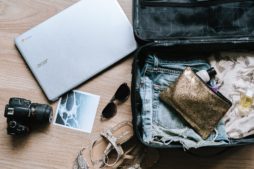
tips for dressing appropriately in india
Women:
- In general, try to stick to comfortable t-shirts and pants or skirts that are about knee length or longer. If travelling in a group or with a man, wearing shorter skirts shouldn’t be a problem. We strongly advise avoiding it if travelling alone or in smaller towns. This also applies to sleeveless shirts.
- Avoid tank tops. Showing your legs is alright, but not your stomach. Try to avoid low necks and transparent t-shirts if possible.
- In Goa and the beaches of Kerala, you can wear just about anything that you would wear to the beach back at home. The same does not apply to other beaches in the country, we would suggest avoiding bikinis.
Men:
- A man can mostly wear anything without attracting a huge amount of attention. Longer shorts are advisable, mostly to protect you from the sun. However, Indians can get curious and start laughing or staring if they see men in very short shorts. (This doesn’t apply to Goa).
In places of worship, both men and women need to dress moderately and discreetly. Try and cover yourself at least with a short sleeve shirt and long pants. Usually, they will give you a little robe to wear over your clothes (a small tip is expected). In Sikh Temples, both genders need to cover their heads. Always remove your shoes when entering a Hindu temple. This applies when you enter any Indian home for that matter. In general, temples are more casual when it comes to dressing rules than mosques.
Learn more: Traveling to India from the US

the Indian mentality
- Apart from the touts, Indians are nice and friendly people, Most are helpful and curious, and fairly talkative and inquisitive.
- If you spot some children you’d like to photograph, it is OK to take pictures. They generally get quite excited and won’t refuse. Show them the pictures on the camera to evoke even more grins, giggles and excitement.
- It is okay to photograph women in sarees or locals going about their day, with permission.
- Do not hesitate to engage in conversations with Indians you meet; once comfortable they love to talk. Trains are usually a great place to have such interactions.
- Indians love to eat and offer food to their guests. Of course, you don’t have to eat everything but try to accept the offer whenever you feel comfortable, especially when you are joining in a conversation with the people
- You will find many Indians stare at you, especially young men and women. The main monuments of the country are visited by people from big cities as well as small villages. The people from small villages may have never seen a ‘white’ person, hence the curiosity. As long as you don’t feel endangered, the best advice is to accept and ignore it.
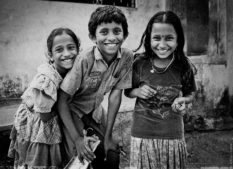
culture shock while travelling in India
- Setting the right expectations is another great tip on travelling to India. You will face constant aggression from street vendors in India, approaching you saying ‘my friend, please buy this, look at that’. More so in the North. Be on your guard, and always decline politely.
- Unless you are really sure about the reputation of a store, don’t follow their offer to ship your purchases abroad. The stores will offer this very often, but we’ve had a bunch of guests e-mail us that the package never arrived.
- Always count your change! Often, at Monument entrances, the officials will try to fleece tourists by returning less change. At all instances, count your change.
- Many locals would request to take a selfie with you. It is usually always innocuous and perfectly safe, but it will get annoying the more it happens so learn to politely yet firmly decline.
- Locals are likely to stare at you a lot if you are a young man or woman. This is likely to be because you are foreign to them and you should get used to it after a few days. However, if it is bothering you or if you feel uncomfortable, many people have suggested wearing sunglasses, as this separates yourself more. In any situation that you feel unsafe, speak to a member of authority such as the police.
- One should be very careful with the water you drink while travelling in India. We recommend that you always opt for a bottled or filtered water.
- A lot of our guests completely avoid non-veg food in India, thinking it is unsafe. In a visibly nice restaurant or homestays, it is OK to eat meat. We recommend choosing chicken as it is widely consumed by Indians. It is more likely to be fresh as compared to other meat. But again, be your own judge.
Unlock Luxury: Best Hotels in India

Vaccinations when travelling to India
- Inoculation procedures completely depend on where you are coming from, where exactly you are going, and what you will be doing. Different sources have different recommendations for India. We are not qualified to give sufficient medical advice, so we suggest speaking to a medical professional.
- From our experience with our guests, some have received all the recommended vaccinations, while some get none or very minimal amounts.
- It is useful to know that the Malaria risk is only high during the monsoon months (Jun-Sept), and varies according to the region. There’s a low chance of contracting it if you’re careful enough. Purchase some Odomos, an effective repellent.
Discover More: Northern India’s Hidden Travel Treasures

Support by India Someday during your trip
- Along with giving you all the tips on travelling to India, we’re constantly in touch with our guests during the trip. You will receive phone calls or e-mails from us, and responding to them in a timely manner helps establish quick communication. We can be contacted at any instance during the trip. You will find our contact details on top of each of the Hotel Booking Vouchers.
- When possible, we love to meet our guests in Mumbai – our home city and where our office is.
And finally, with India, one has to be patient. There are times it can be overwhelming, but in the end it all falls into place. As they say ‘You will love and hate India, but in the end, the love is far stronger’. Please don’t hesitate to email us if you have more questions. Looking for some help to plan a trip to India? Click on Plan Your Trip and let’s get started!
helping you travel your way
Everything you need to know about India is here We have tried writing about everything you may need help with for your trip to India, If you need help in planning a trip to India Get in touch with us to to plan your trip of a life time.


